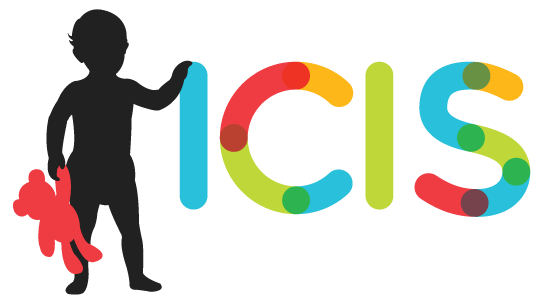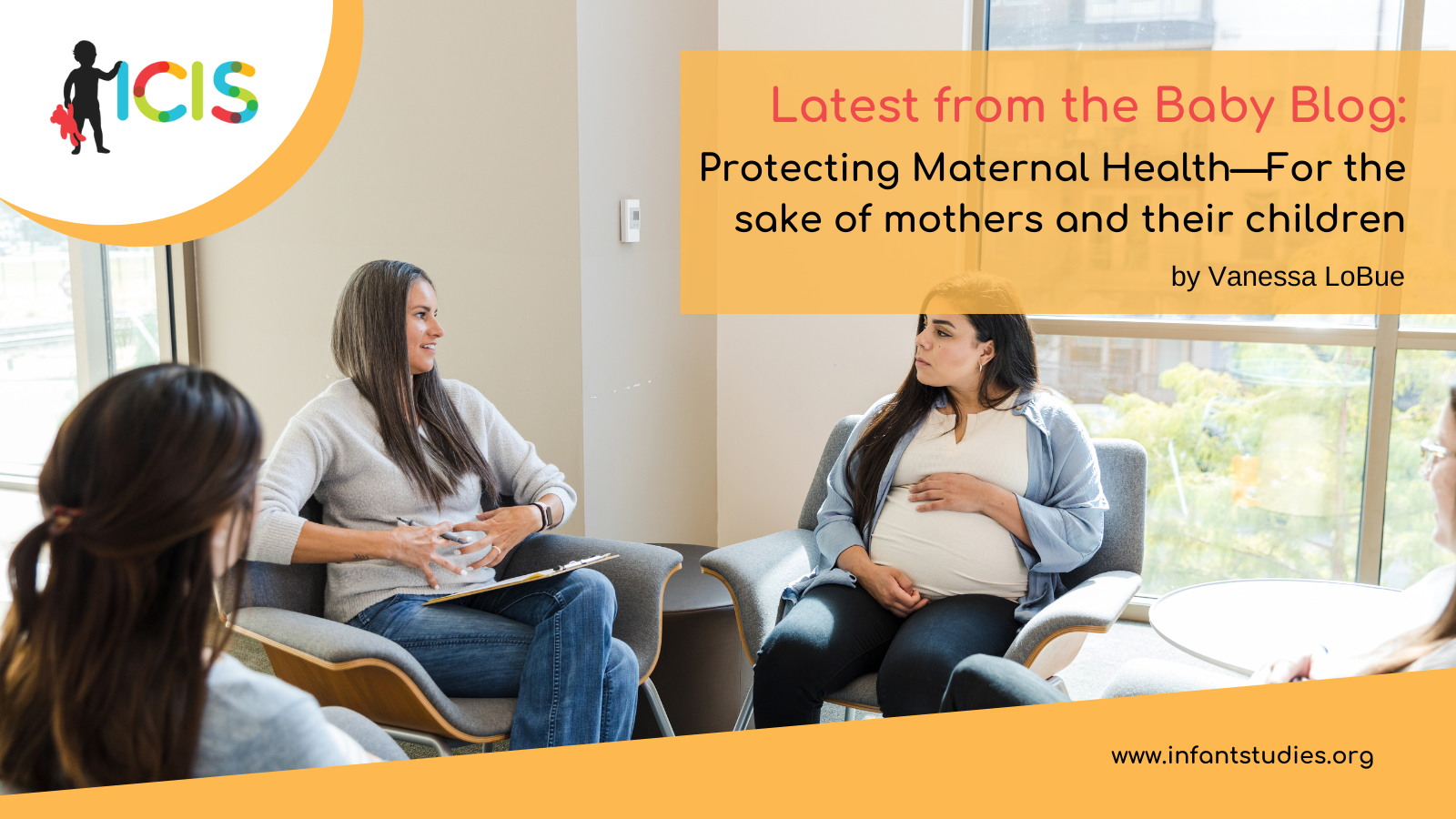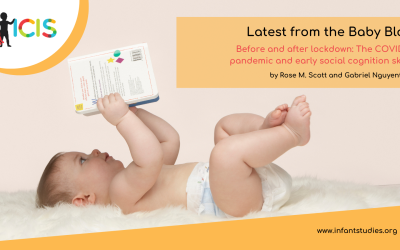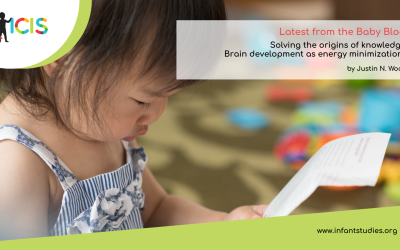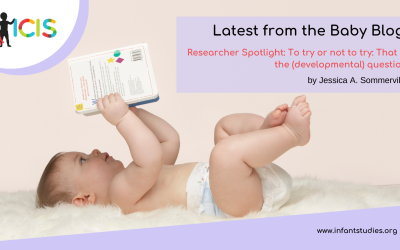by Vanessa LoBue
January 23, 2024 will mark the 8th Annual Maternal Health Awareness Day—the one day a year we come together to raise awareness about the country’s maternal morbidity crisis and how we can improve physical and mental health outcomes for mothers. This is a day that is very close to my heart, as in 2018, I nearly died giving birth to my second son. No mother should have to consider that kind of reality during the birth of a new baby, but many do. And physical health problems are just the beginning.
Protecting Moms’ Physical Health
I was lucky enough to come out of the delivery room with my life, but many other women aren’t as lucky. According to the Centers for Disease Control and Prevention, 700 women die in childbirth every year, and over 50,000 more nearly die, experiencing “severe maternal morbidity,” most often due to complications from severe bleeding. Surprisingly, the rate of maternal mortality in the U.S. has been increasing, making it worse now than it was 20 years ago. The trend goes in the opposite direction internationally, with maternal death rates steadily declining in every other developed country (MacDorman et al., 2016).
Importantly, the risk of maternal death and morbidity isn’t the same for everyone. According to the CDC, African American women are 3-4 times more likely to die of complications during pregnancy or birth than White or Hispanic women. A similar trend exists for infant mortality. And even when a pregnancy is healthy, women can experience long-term consequences from being pregnant, including chronic pain, increased risk of hypertension, cardiovascular disease and stroke, kidney stones, and many, many more. In short, just getting pregnant puts a woman’s health at risk.
Protecting Moms’ Mental Health
Even when pregnancy and birth don’t lead to physical issues, becoming a parent can cause mental health issues. In fact, up to 75% of women experience some form of post-partum “blues” following pregnancy, with 15% of these women going on to develop post-partum depression. Another 11-21% of mothers will develop post-partum anxiety. Given the already high number of people who experience depression and anxiety every day (over 264 million worldwide), this constitutes a serious problem for new parents.
Indeed, anxiety, depression, and stress can lead to various negative health outcomes in the short term, including stomach pain, headaches, and muscle aches, and has long-term consequences like high blood pressure and heart disease. Further, having anxious or depressed parents can have serious consequences for children, beginning in pregnancy. In fact, there is evidence that maternal stress during pregnancy can affect the physiology of the growing fetus in a number of ways (Beijers et al., 2014; Kaplan et al., 2008). For example, mothers who are anxious while pregnant are more likely than mothers who aren’t anxious to have infants who later develop emotional problems (O’Connor et al., 2002; Van den Bergh & Marcoen, 2004). Further, children of parents who have anxiety are at increased risk of developing anxiety themselves (Woodruff-Borden et al., 2002). Thus, maternal mental health issues don’t just create problems for mothers, but for their children as well.
Giving Moms More Support
Combating physical and mental health problems in mothers requires support on every level—including support from federal, local, and state governments, support from health providers, and support from loved ones. Here’s how:
Financial Support. First of all, raising a child is expensive. According to 2015 data from the Consumer Expenditures Survey, a family in the US spends approximately $12,980 per year on each child for food, shelter, and other basic needs, and $233,610 to raise a child through age 17. This doesn’t even include the cost of college or early childcare. Thus, raising a child is a huge financial burden, especially for those from low-income households, so policies that support subsidized housing, food stamps, and childcare, can help families enormously.
Health Care. Under the Affordable Care Act (ACA), all individual and small employer insurance plans must cover maternity and newborn care—before and after the baby is born. However, in 2020, there were still over 31 million people in the U.S., including about 20% of pregnant women, who were uninsured. So even if a woman does have access to health care, if she doesn’t have enough health insurance to cover that care, the cost of treatment can be debilitating. A month after my second son’s birth, I received the bill for my treatment of over $100,000. This cost is quite typical for women who have an emergency surgery during birth, and any further complications can lead to a total cost that is much, much higher. Without health insurance to cover it, the cost of my son’s birth (and saving my life) would have financially crippled our family, as it would many families lucky enough to receive the proper treatment in the first place. So it’s not only important to make sure women have access to health care, but also that they have insurance to cover the cost.
Paid Leave. The United States is one of the only industrialized countries that does not guarantee paid maternity leave for women. The Family and Medical Leave Act (FMLA) does provide new mothers with 12 weeks of leave, but it is unpaid, which many mothers can’t afford to take. Further, most family leave policies only offer time off for the mother. Policies that only give mothers parental leave enable the traditional idea that women are the ones that should be caring for the children, and fathers should be the ones working. But research has shown that when fathers take extended leave after the birth of a child (i.e., more than three weeks), men become more comfortable caring for the baby, which subsequently leads to their greater involvement in sharing the parenting responsibilities (Rehel, 2014). Thus, having paid leave for fathers as well as mothers can help distribute the parenting responsibilities more evenly. This is particularly important for mothers who have a career, potentially buffering against the “motherhood penalty,” or tendency for women to get hired less, paid less, promoted less, and viewed as less competent in their jobs after having children (Correll et al., 2007).
Social Support. Being alone is hard for anyone, but it is especially hard right after you have your first child, and those of us who are lucky enough to get maternity leave often spend it alone with a newborn. Studies have shown that the amount of social support you have—or the number of people you have in your life that you can turn to for help—is related to whether you will experience depressed-like symptoms after giving birth (O’hara & Swain, 1996). Similarly, the quality of your marital relationship predicts whether you’re likely to experience post-partum depression. This is especially true for first time mothers Leahy‐Warren et al., 2012). On top of that, there is research showing that mothers expect to get help after having a baby, which might make being alone even harder to swallow (Negron et al., 2013). This suggests that mothers, especially brand-new mothers, could use some help or at the very least, some company after having a new baby, and many of them don’t get it.
How You Can Help
There are a number of ways you can help raise awareness and provide support for maternal health. First, calling your local representatives and expressing your support for policies that support women’s health is a great start. Further, since the most common way women die in childbirth is from excessive blood loss, you can make an appointment at your local Red Cross to donate blood today. There are also various charities and non-profits that work hard for women’s health, including Planned Parenthood and March of Dimes that do their part to fight for progress in women’s health—consider making a monthly donation or getting involved in any local events these organizations sponsor. If you’re not into politics or giving money, you can simply make sure to check in on your new mom friends, bring them dinner or a cup of coffee, or maybe even hold the baby so they can take a shower or much needed nap. Finally, you can visit the advocacy page for Maternal Health Awareness Day to read more about the event, listen to webinars, or read about additional ways to get involved.
Every little bit helps. Together, we can make a difference in mothers’ lives, and in turn, make their children’s lives better in the process.
References
Beijers, R., Buitelaar, J. K., & de Weerth, C. (2014). Mechanisms underlying the effects of prenatal psychosocial stress on child outcomes: beyond the HPA axis. European child & adolescent psychiatry, 23, 943-956.
Correll, S. J., Benard, S., & Paik, I. (2007). Getting a Job: Is There a Motherhood Penalty? 1. American journal of sociology, 112(5), 1297-1339.
Kaplan, L. A., Evans, L., & Monk, C. (2008). Effects of mothers’ prenatal psychiatric status and postnatal caregiving on infant biobehavioral regulation: can prenatal programming be modified?. Early human development, 84(4), 249-256.
Leahy‐Warren, P., McCarthy, G., & Corcoran, P. (2012). First‐time mothers: social support, maternal parental self‐efficacy and postnatal depression. Journal of clinical nursing, 21(3‐4), 388-397.
MacDorman, M. F., Declercq, E., Cabral, H., & Morton, C. (2016). Is the United States maternal mortality rate increasing? Disentangling trends from measurement issues short title: US maternal mortality trends. Obstetrics and gynecology, 128(3), 447.
Negron, R., Martin, A., Almog, M., Balbierz, A., & Howell, E. A. (2013). Social support during the postpartum period: mothers’ views on needs, expectations, and mobilization of support. Maternal and child health journal, 17, 616-623.
O’Connor, T. G., Heron, J., Golding, J., Beveridge, M., & Glover, V. (2002). Maternal antenatal anxiety and children’s behavioural/emotional problems at 4 years: Report from the Avon Longitudinal Study of Parents and Children. The British Journal of Psychiatry, 180(6), 502-508.
O’hara, M. W., & Swain, A. M. (1996). Rates and risk of postpartum depression—a meta-analysis. International review of psychiatry, 8(1), 37-54.
Rehel, E. M. (2014). When dad stays home too: Paternity leave, gender, and parenting. Gender & Society, 28(1), 110-132.
Van den Bergh, B. R., & Marcoen, A. (2004). High antenatal maternal anxiety is related to ADHD symptoms, externalizing problems, and anxiety in 8‐and 9‐year‐olds. Child development, 75(4), 1085-1097.
Woodruff-Borden, J., Morrow, C., Bourland, S., & Cambron, S. (2002). The behavior of anxious parents: Examining mechanisms of transmission of anxiety from parent to child. Journal of Clinical Child and Adolescent Psychology, 31(3), 364-374.
About the Author

Vanessa LoBue
Rutgers University
Vanessa LoBue, Ph.D., is an Associate Professor of Psychology at Rutgers University. She received her B.S. from Carnegie Mellon University and her M.A. and Ph.D. from the University of Virginia. Dr. LoBue’s research focuses on human behavioral responses to emotionally valenced stimuli—specifically to negative or threatening stimuli—and the mechanisms guiding the development of these responses. More specifically, she examines how early perceptual biases for threat contribute to maladaptive avoidance behaviors, such as those associated with the development of fear and anxiety, and how cognition contributes to children’s learning of adaptive avoidance responses, such as avoidance of contagious people or contaminated objects.
